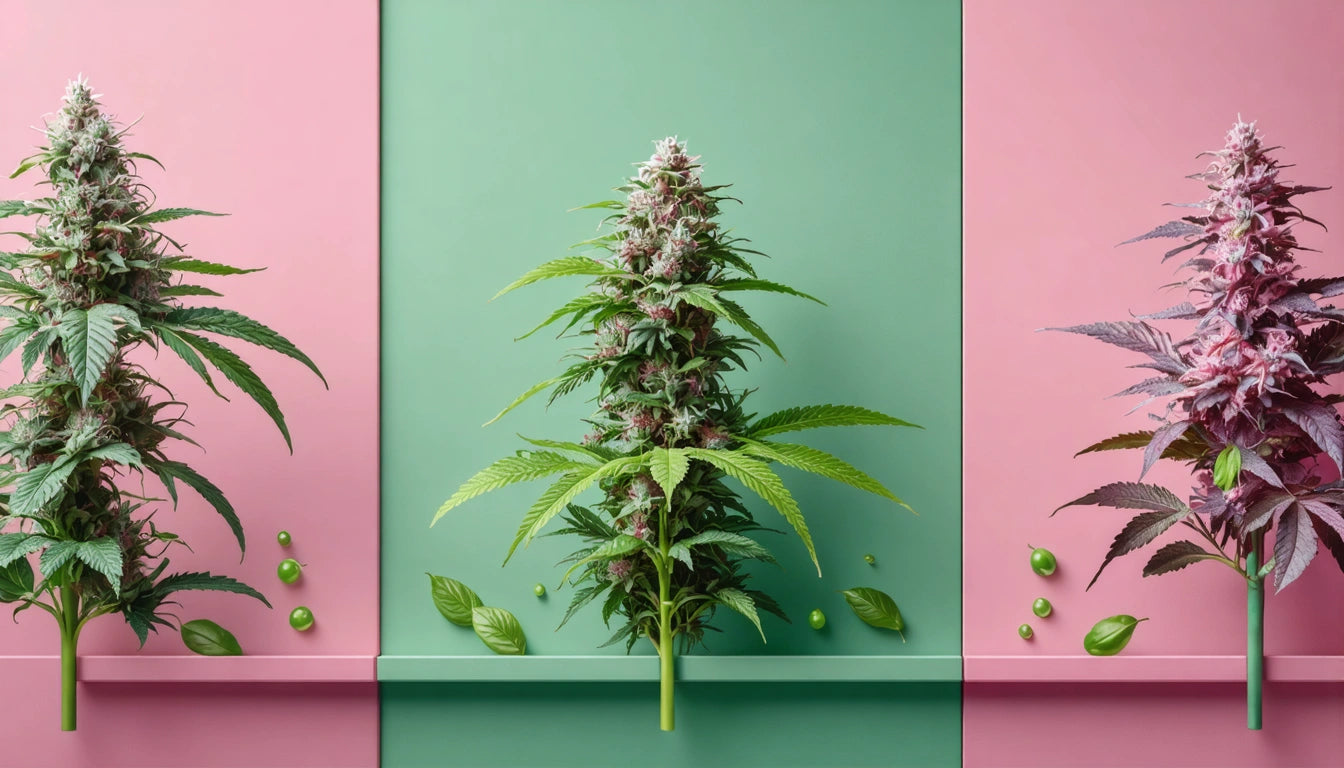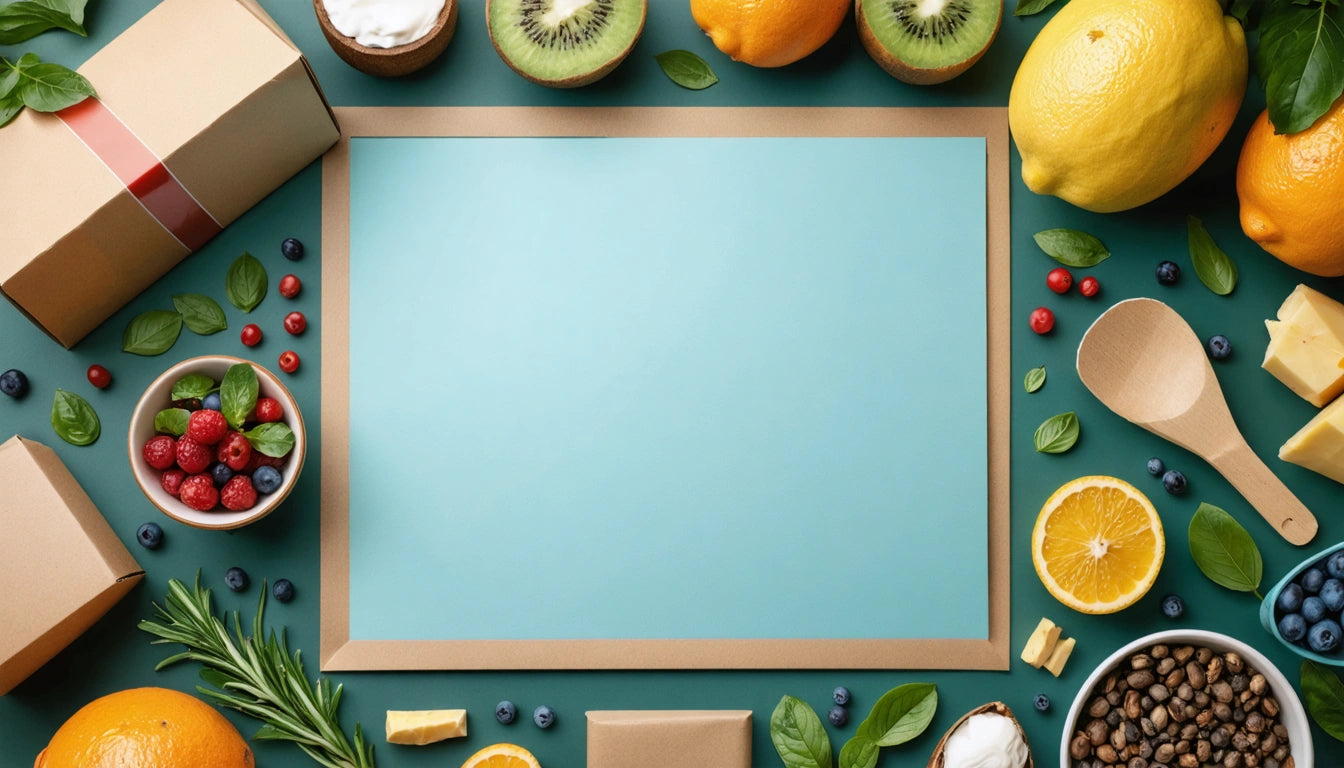Inclusive Packaging Design: Why It Matters
Cannabis packaging serves as more than just a protective container. It communicates brand values, provides essential information, and shapes the customer experience. Inclusive packaging design ensures that products are accessible and appealing to the broadest possible audience, regardless of age, ability, gender identity, or cultural background.
Understanding Inclusive Packaging Design
Inclusive design is an approach that considers the full range of human diversity with respect to ability, language, culture, gender, age, and other forms of human difference. When applied to cannabis packaging, it means creating solutions that work for people with various needs and preferences rather than designing for the mythical "average" user.
According to research on inclusive packaging design, brands that implement accessibility features often discover innovations that benefit all users, not just those with specific needs. This concept, known as the "curb-cut effect," demonstrates how accommodations originally designed for wheelchair users (curb cuts) ultimately benefit everyone from parents with strollers to travelers with rolling luggage.
Business Benefits of Inclusive Design
Embracing inclusive packaging design offers cannabis businesses several advantages:
- Expanded market reach by catering to previously underserved demographics
- Enhanced brand reputation and customer loyalty
- Reduced risk of discrimination complaints or legal challenges
- Competitive differentiation in a crowded marketplace
- Future-proofing against evolving regulations and social expectations
While implementing inclusive design principles may require initial investment, the long-term benefits typically outweigh the costs. Our humidity control solutions for cannabis products demonstrate how functional improvements can simultaneously address accessibility needs by making packages easier to open while preserving product freshness for all consumers.
Key Elements of Inclusive Cannabis Packaging
Clear Communication
Effective inclusive packaging starts with clear, straightforward communication. This includes:
- Legible fonts at appropriate sizes (minimum 12pt)
- High contrast between text and background
- Simple, direct language free of jargon
- Universal symbols and icons when possible
- Multiple languages or translation options for diverse markets
Physical Accessibility
The physical design of packaging significantly impacts usability for many consumers. Consider:
- Easy-open mechanisms that don't require excessive strength or dexterity
- Child-resistant features that remain accessible to those with limited hand strength
- Tactile indicators or Braille for vision-impaired users
- Stable, easy-to-grip containers that accommodate various handling abilities
Accessibility Considerations for Different Abilities
Creating truly accessible packaging requires understanding the specific challenges faced by people with different abilities. As explored in this guide to accessible packaging, considerations should include:
For visual impairments: Large print, strong color contrast, tactile differentiators, and potentially QR codes linking to audio information can make packaging more accessible.
For mobility or dexterity limitations: Easy-open tabs, lever mechanisms instead of push-down-and-turn caps, and packages that can be opened with one hand address common frustrations.
For cognitive differences: Clear, step-by-step instructions with visual guides help users understand how to access and use products safely.
Gender-Neutral Approaches to Product Presentation
Gender-neutral packaging moves beyond traditional binary design approaches that often alienate segments of the cannabis market. Research on gender-neutral packaging suggests several effective strategies:
- Avoiding stereotypical color schemes (pink/blue dichotomy)
- Using inclusive language that doesn't assume gender
- Focusing on product benefits rather than gender-based marketing
- Employing modern, clean design that appeals across gender identities
Brands that adopt gender-neutral approaches often report broader appeal and stronger connections with younger consumers who increasingly reject rigid gender categorizations.
Implementation Strategies for Cannabis Brands
Implementing inclusive design doesn't require rebuilding your packaging from scratch. Consider these practical approaches:
- Conduct user testing with diverse participants to identify barriers
- Create an accessibility checklist for new packaging designs
- Implement changes incrementally, starting with highest-impact improvements
- Partner with organizations representing underserved communities for guidance
- Highlight accessibility features in marketing to build awareness
As this analysis of packaging accessibility demonstrates, even small changes can significantly improve user experience across diverse populations.
The cannabis industry has an opportunity to lead in inclusive design, creating packaging solutions that respect human diversity while meeting regulatory requirements. By embracing these principles, brands not only serve their customers better but position themselves at the forefront of an evolving market that increasingly values accessibility and inclusion.











Leave a comment
All comments are moderated before being published.
This site is protected by hCaptcha and the hCaptcha Privacy Policy and Terms of Service apply.